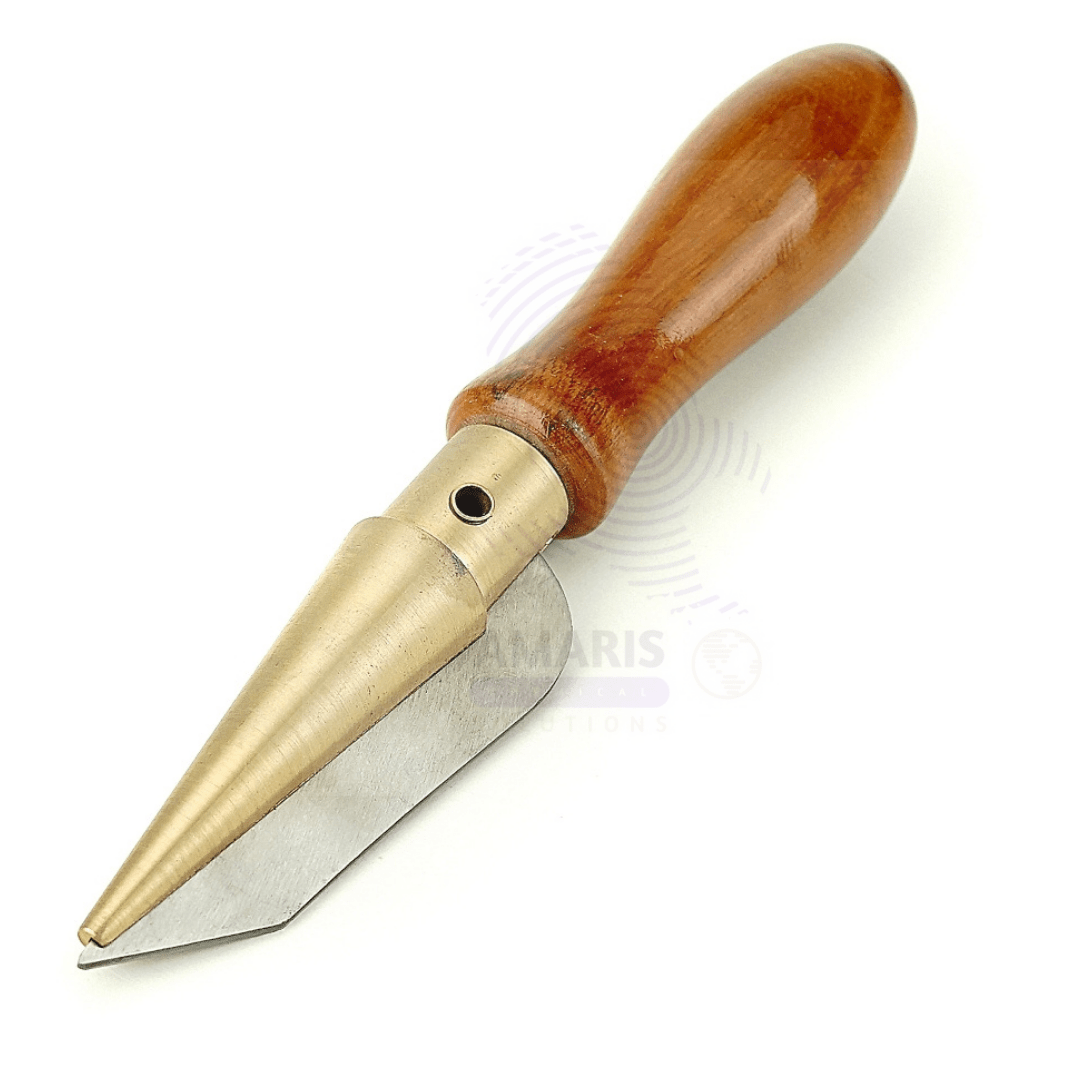

crooks radiometer
$1,500.00 Original price was: $1,500.00.$1,200.00Current price is: $1,200.00.
The Crookes radiometer, also known as a light mill, is a fascinating scientific instrument that consists of a glass bulb containing a vacuum and a lightweight rotor mounted on a spindle. The rotor features a series of vanes, typically painted black on one side and white or reflective on the other. When exposed to light, particularly sunlight or a strong light source, the vanes spin, with the black side moving away from the light source and the white side moving toward it.
This seemingly paradoxical motion occurs due to the differential heating of the vanes: the black surface absorbs more light energy and heats up more than the white surface, creating a temperature difference that results in a pressure difference of the residual gas molecules within the vacuum. This causes the rotor to spin, demonstrating the conversion of light energy into mechanical energy. The Crookes radiometer serves as an engaging educational tool, illustrating fundamental concepts in physics, such as light absorption, thermal dynamics, and energy transfer.
uses of crooks radiometer
Studying Light and Heat Transfer:
The radiometer is used to demonstrate the principles of light absorption and reflection, illustrating how different surfaces interact with light energy.
Understanding the Photoelectric Effect:
It provides a visual representation of how light can cause motion, helping to explain concepts related to the photoelectric effect and photon energy.
Educational Demonstrations:
It serves as a teaching tool in physics and engineering classes, helping students visualize and understand concepts related to thermodynamics and light energy.
Thermal Properties Research:
Researchers can use the radiometer to study thermal properties and the conversion of thermal energy into kinetic energy, contributing to experiments on heat transfer.
Testing Vacuum Conditions:
The operation of a Crookes radiometer can be affected by the level of vacuum within the bulb, making it useful for testing and demonstrating vacuum conditions in a controlled environment.
Exploring Light Pressure:
It can be used to investigate the concept of light pressure and its effects on materials, providing insights into the fundamental nature of light.
Visualizing Energy Transfer:
The movement of the rotor can help visualize energy transfer processes, making it easier to understand more complex energy interactions in other scientific contexts.


MAECENAS IACULIS
Vestibulum curae torquent diam diam commodo parturient penatibus nunc dui adipiscing convallis bulum parturient suspendisse parturient a.Parturient in parturient scelerisque nibh lectus quam a natoque adipiscing a vestibulum hendrerit et pharetra fames nunc natoque dui.
ADIPISCING CONVALLIS BULUM
- Vestibulum penatibus nunc dui adipiscing convallis bulum parturient suspendisse.
- Abitur parturient praesent lectus quam a natoque adipiscing a vestibulum hendre.
- Diam parturient dictumst parturient scelerisque nibh lectus.
Scelerisque adipiscing bibendum sem vestibulum et in a a a purus lectus faucibus lobortis tincidunt purus lectus nisl class eros.Condimentum a et ullamcorper dictumst mus et tristique elementum nam inceptos hac parturient scelerisque vestibulum amet elit ut volutpat.











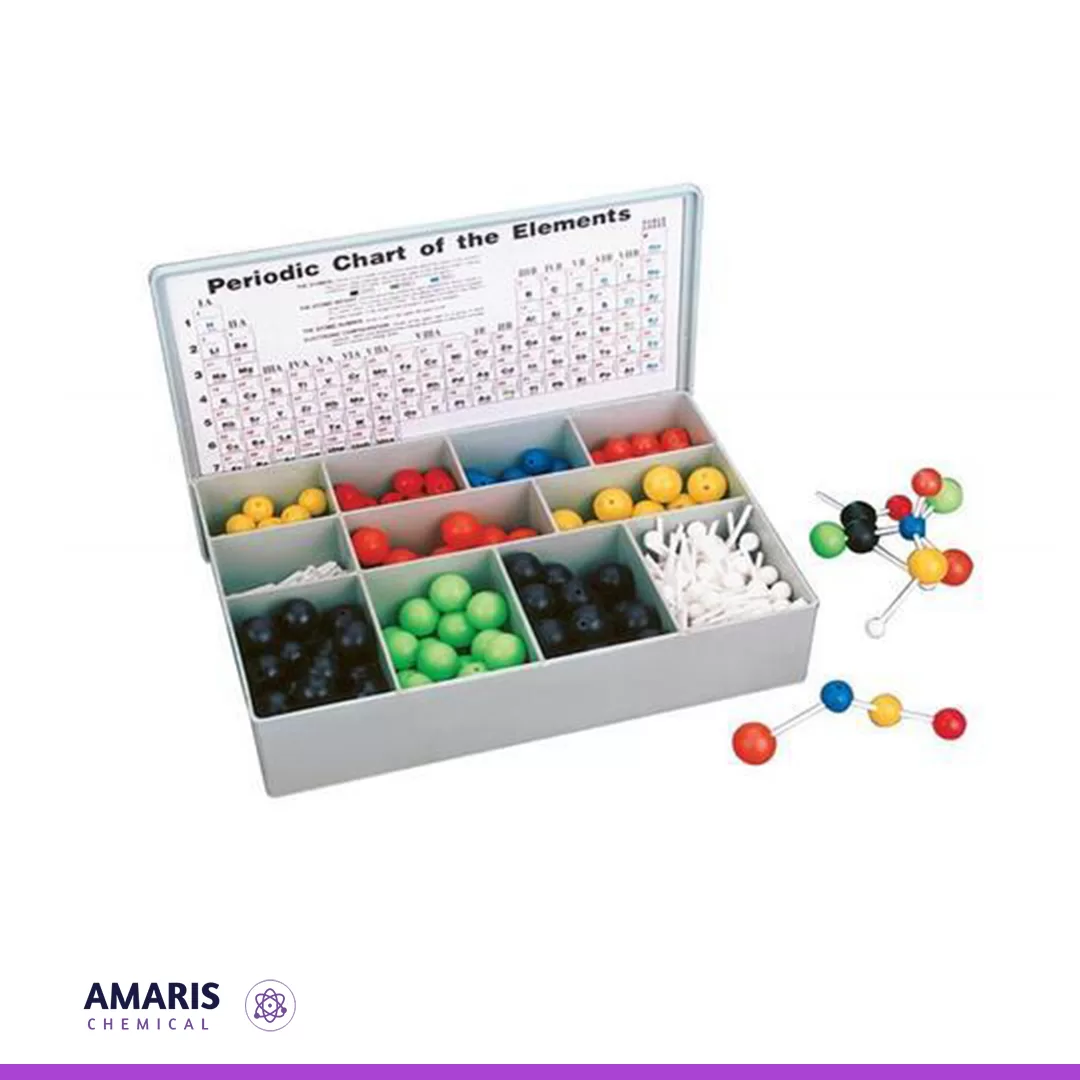
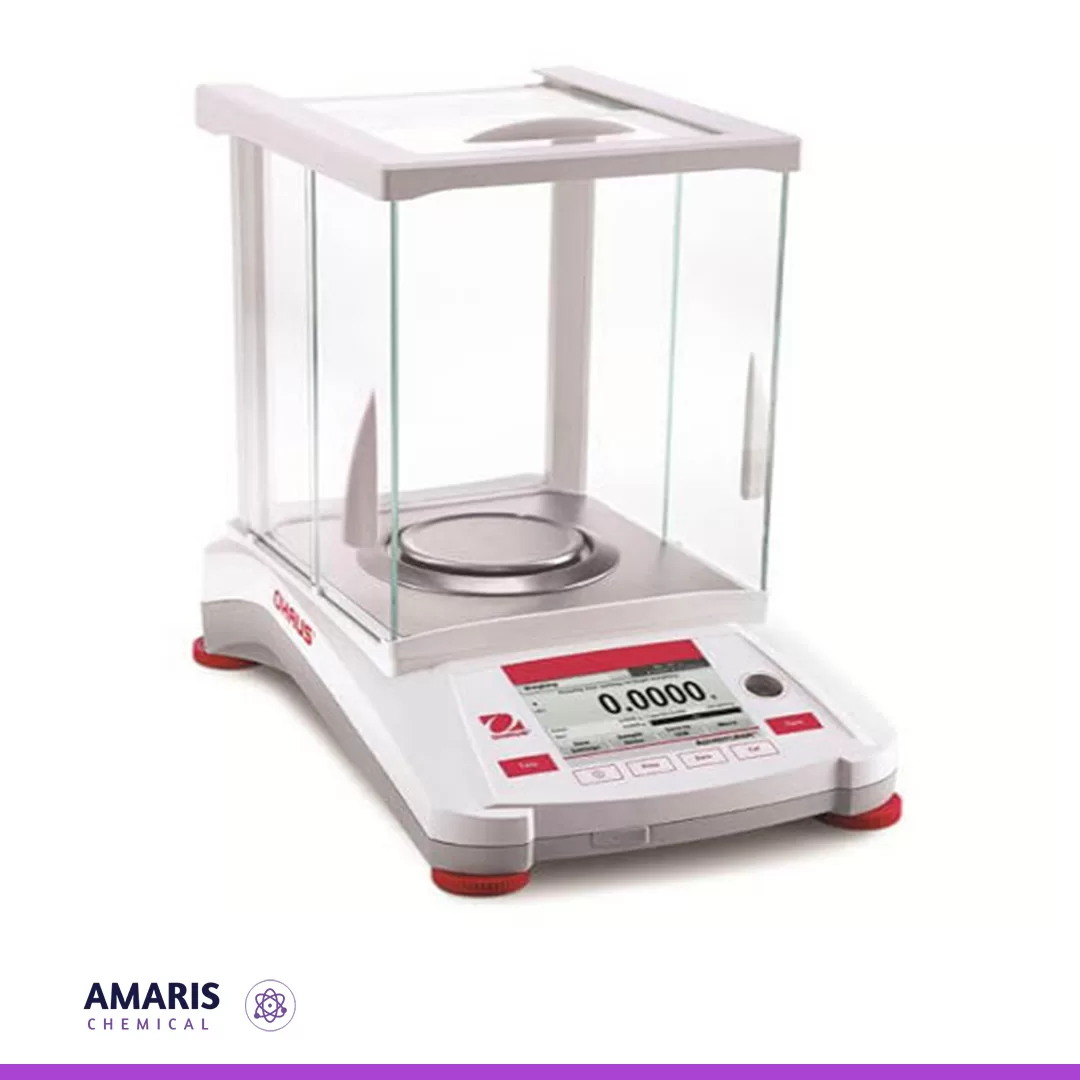

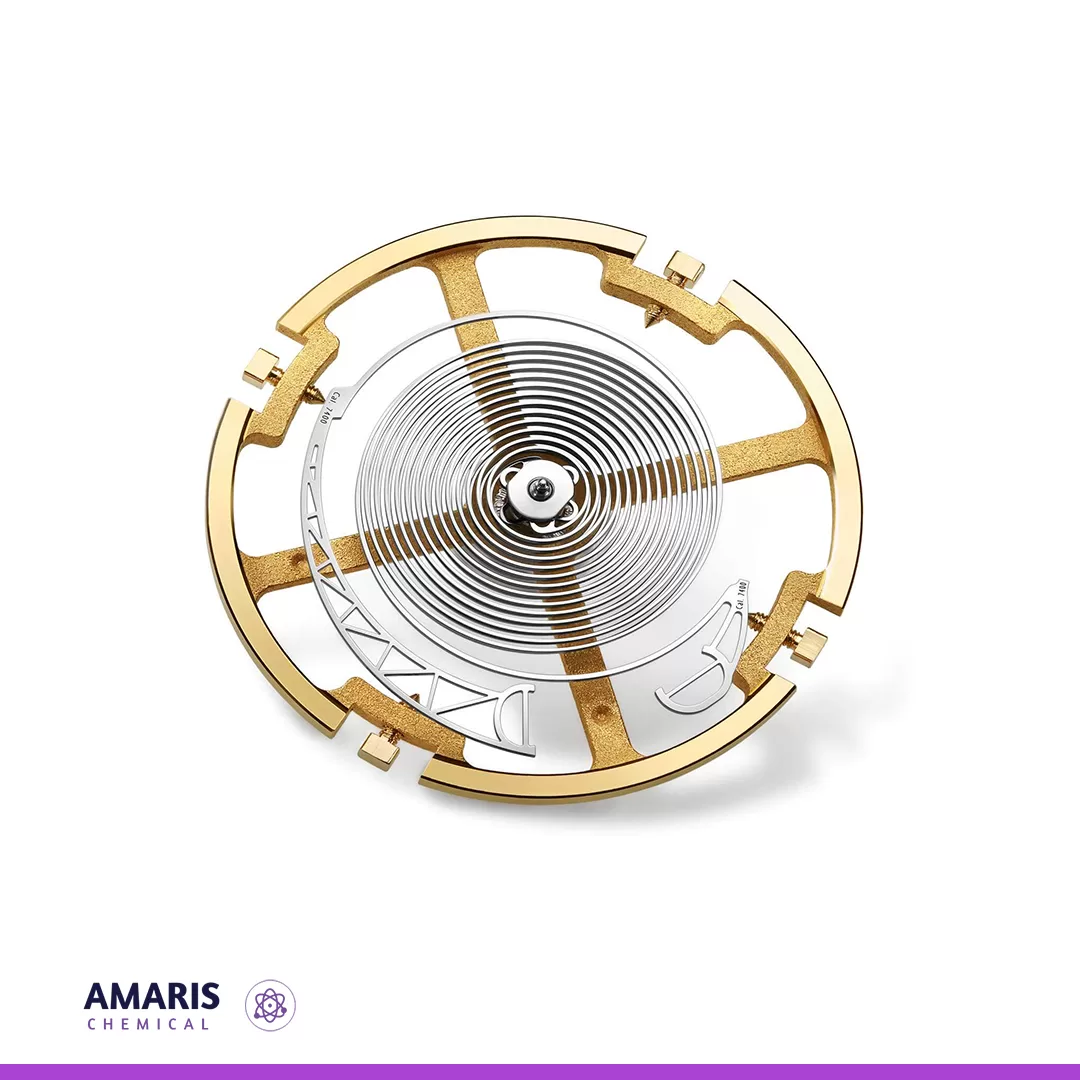
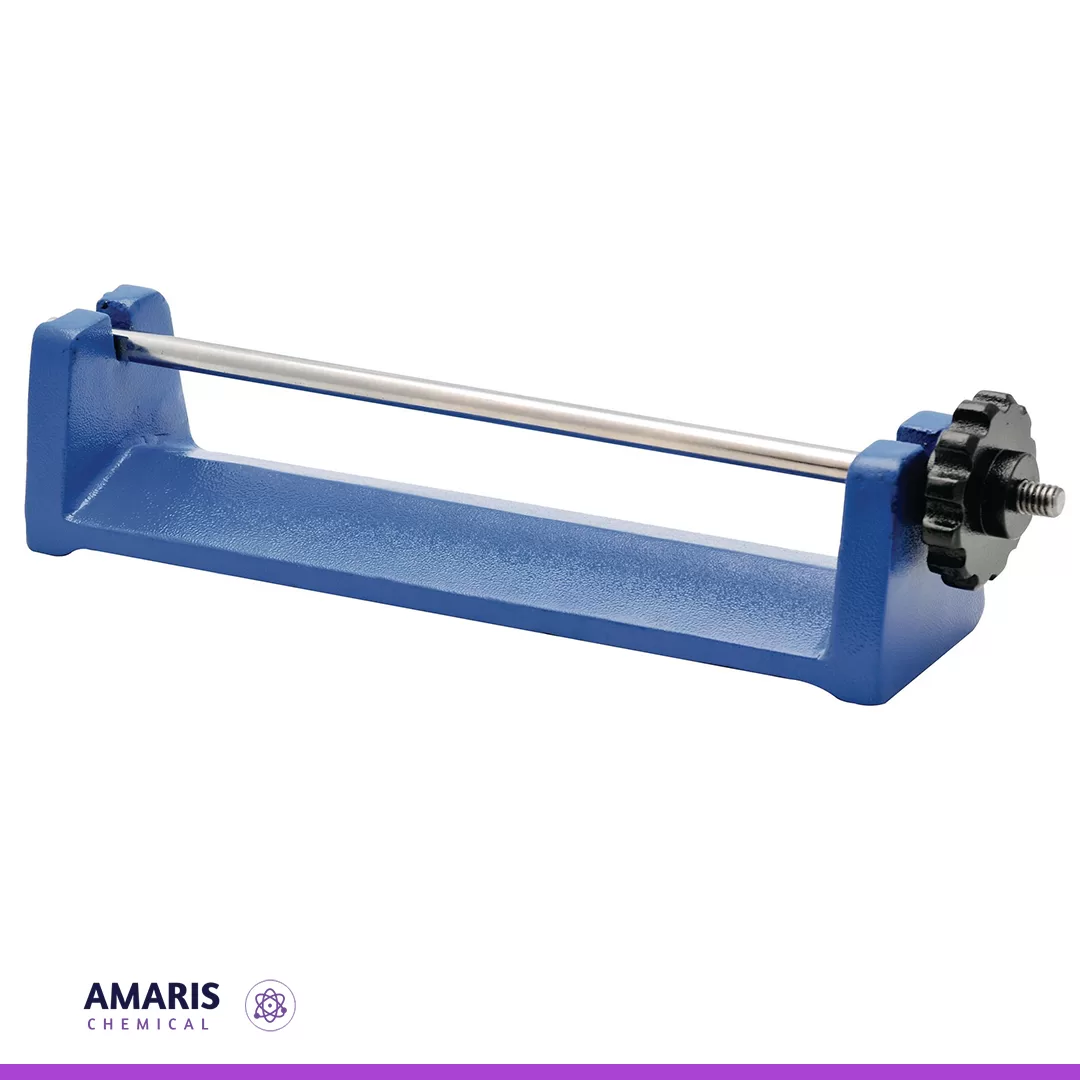
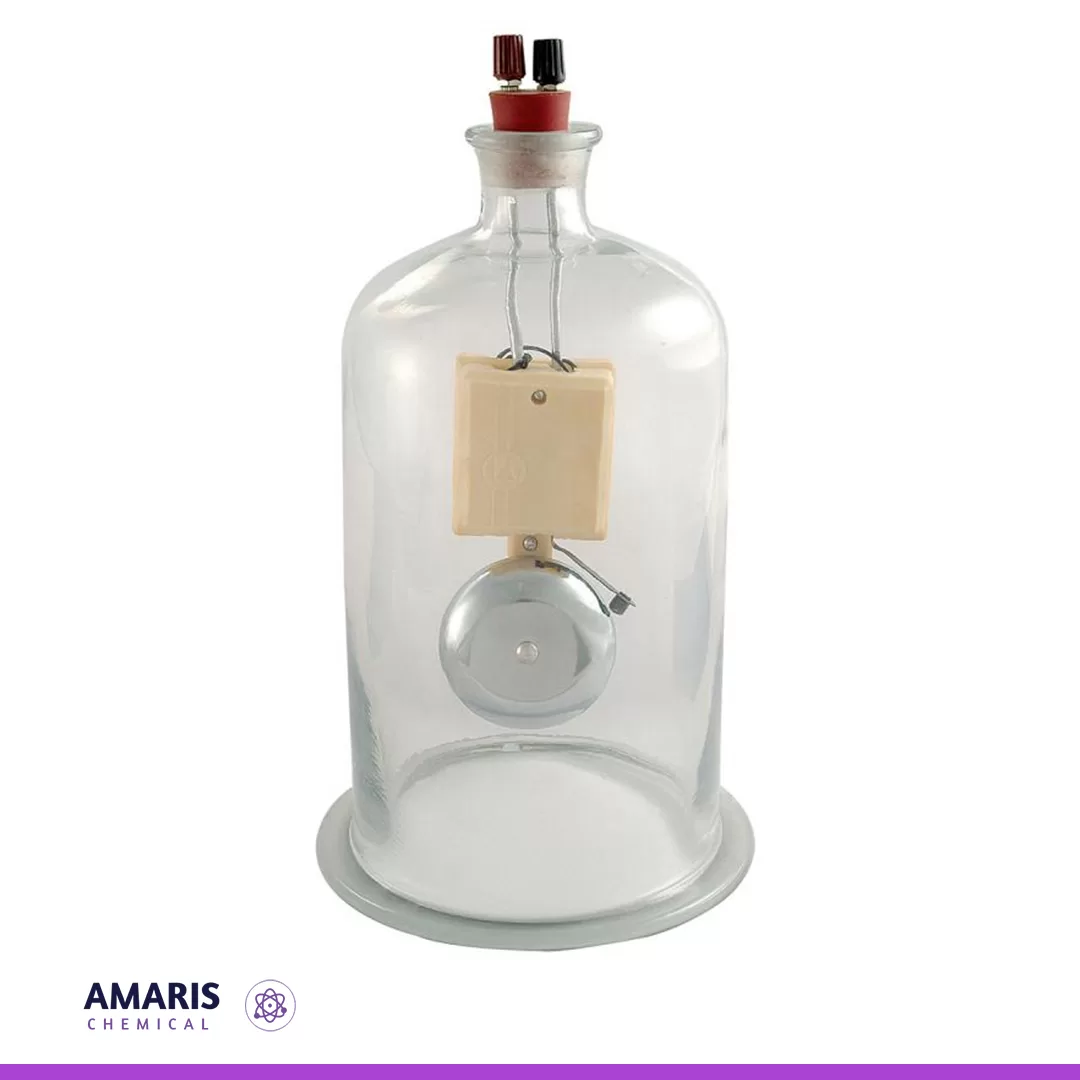
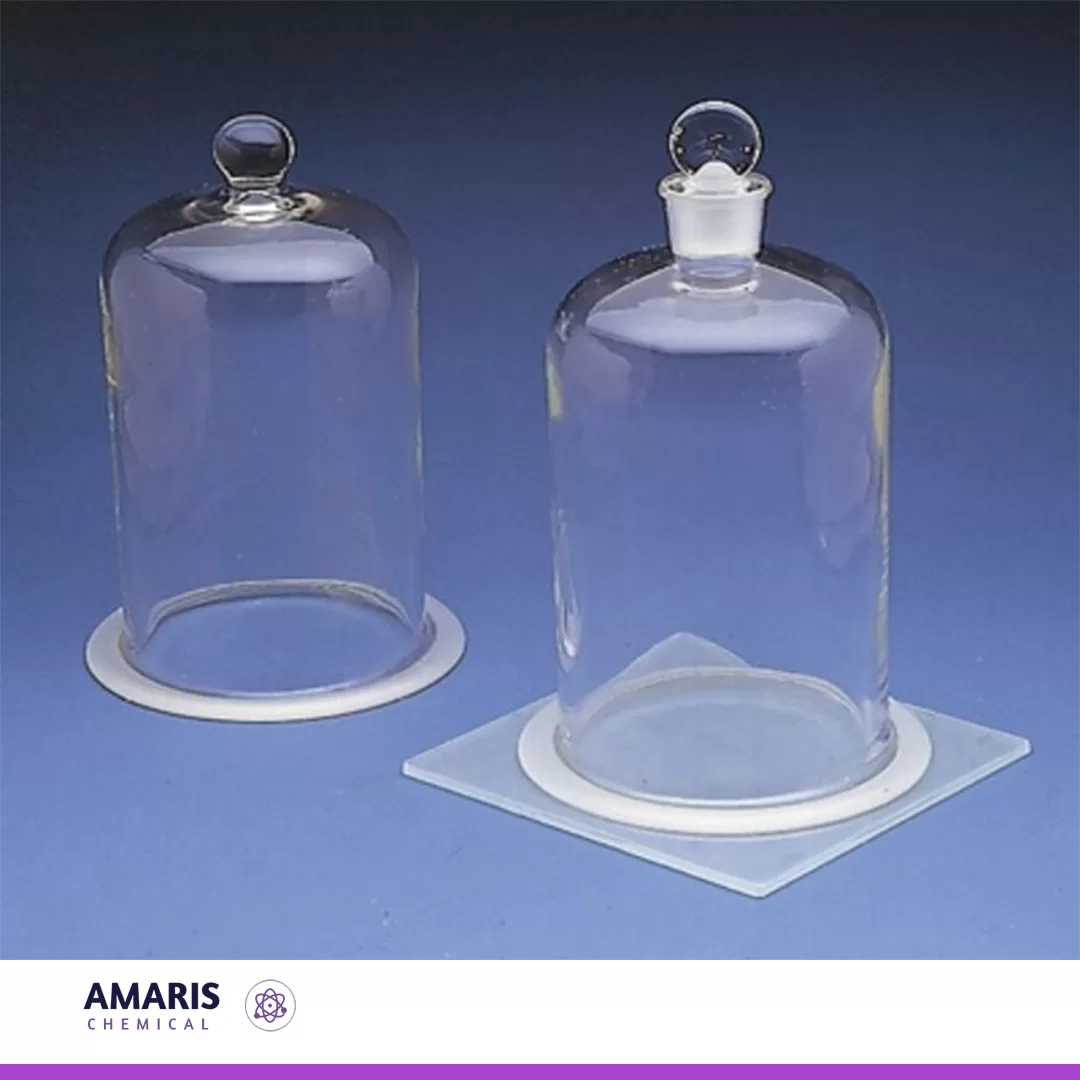









Reviews
There are no reviews yet.